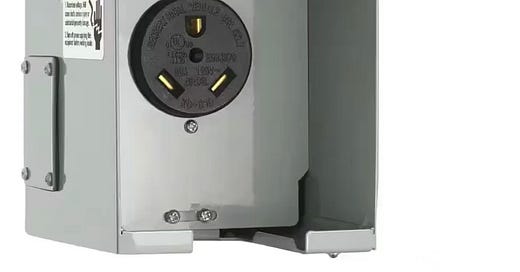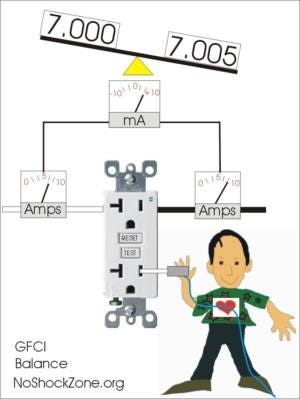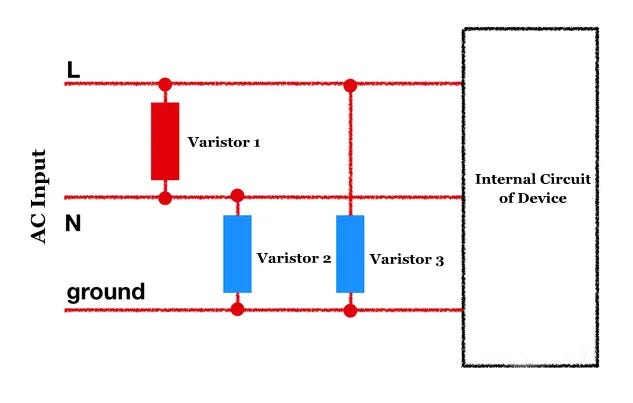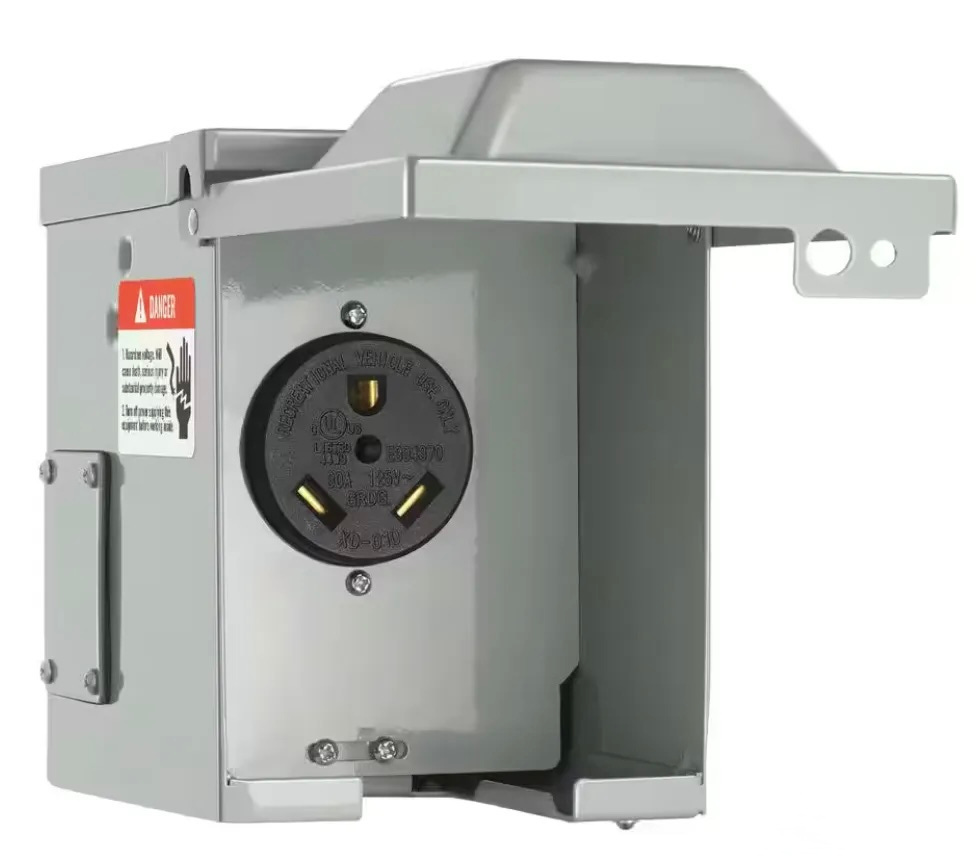Hey Mike,
For several years now I've been plugging our 30-amp travel trailer into a 15 amp outlet in our driveway using a 15 to 30amp converter plug. Worked great. In November 24 we purchased a brand new 2023 Thor Four Winds 25M and plugged in into the same outlet. This outlet has a GFCI in it. It worked fine for a few weeks and then on the control panel inside the RV I got a red light showing Shore Power Fault.
I had an electrician out and he noticed it was also kicking out the GFCI. He suggested running a dedicated 20 Amp circuit straight to the home breaker panel which he did. Still when we plug in the RV the GFCI trips about 20 seconds after it is plugged in. There is a click inside the RV (I'm guessing a transfer switch) and then the GFCI in the driveway outlet trips.
However....when I run an extension cord from the garage, from a plug with no GFCI the RV operates normally with power. When any other device is plugged into the new driveway circuit it works fine without tripping the GFCI...so something about the RV is tripping the driveway outlet. The RV is still under warranty and not knowing the level of knowledge of the repair guy I'd like to be able to lay out the problem logically for him....
Do you have any thoughts about what in the RV could be causing the GFCI to trip? I did try to isolate RV circuits at the box but when I threw the first breaker the GFCI tripped.... Thank you. Frank
Hey Frank,
I’ve studied this problem a good bit, so here is what’s probably happening…
Modern RVs have a lot of electrical devices that leak small amounts of current to chassis ground. Your older RV probably didn’t have these devices, so it didn’t have the same leakage currents. And leakage currents are what cause GFCI nuisance tipping. That’s why your previous RV didn’t trip the GFCI, but your new RV does a lot of GFCI nuisance tripping.
It’s the converter’s RF filters
The most obvious leaky device in your new RV is the PWM (Pulse Width Modulated) converter/charger. It has RF filter capacitors to prevent the converter from radiating radio frequency noise back through the shore power cord. These PWM power supplies are allowed to leak up to 3mA of current to ground and still pass UL standards. Note that it only takes 5mA of total leakage current to cause a GFCI to trip.
Read my in-depth article on why RVs cause GFCI nuisance tripping HERE.
MOV surge protectors are also leaky
Note that any Surge Protector will have MOV (Metal Oxide Varistors) that also leak current to chassis ground. And UL also has an exception for these devices that allows up to 3mA of leakage current. Here’s what this circuit looks like…
Leakage currents are additive
So modern RVs have much more line-to-chassis leakage currents compared to older RVs. And that’s probably what is causing your GFCI receptacle to trip.
Note that your electrician didn’t understand that load currents don’t trip a receptacle GFCI. It’s the current imbalance of more than 5mA (0.005 amperes) that causes the tripping. And that’s why installing a new 20-amp circuit with 12-gauge wiring didn’t solve your GFCI nuisance tripping problem.
Here’s a fix, but check with your local code
Note that 30-amp and 50-amp pedestals at campgrounds currently don’t require GFCI protection. In the 2020 NEC code cycle they incorrectly required 30 and 50-amp pedestal campground outlets have GFCI breakers. But that requirement was quietly removed after I pointed out to the NEC CMP-7 committee that GFCI breakers 30 and 50-amp outlets would result in a lot of nuisance tripping due to the reasons detailed above.
But sadly, the code language wasn’t removed for residential pedestals (which seems a little silly), and your local inspector may not allow you to do the following fix. So check with your electrical inspector first and be sure to follow all local codes.
Install a 30-amp outlet with a 20-amp circuit breaker without a GFCI
While it’s a serious code violation to install a 15 or 20-amp outlet outside of your house without a GFCI, there’s a workaround that’s most likely allowed by your local code. But this doesn’t work on branch circuits with daisy-chained outlets, the 30-amp outlet must be the only thing on the circuit.
Instead of a 20-amp outlet with a GFCI, install a 30-amp TT-30 pedestal box with a 20-amp circuit breaker without a GFCI. I’ve discussed this setup with a few of my code experts, and we all agree that this should be code compliant and safe.
You can use the same 20-amp, single-pole circuit breaker (without a GFCI) and 12-gauge wiring your electrician has already installed. Code allows you to use a smaller rated circuit breaker on a 30 or 50-amp shore power outlet, but not the other way around. It will probably make your inspector happy to include a “20-amp” sticker on the TT-30 outlet box, and your RV will trip the 20-amp breaker if you draw too much current, protecting the conductors. That’s exactly how its supposed to work. Please have your electrician contact me with any questions.
Let’s play safe out there… Mike










Wow, thank you Mike for the detailed explanation.....you saved me a bunch of time and frustration.....I'll have the electrician read your response and see if we can add the 30 amp box with the 20 amp sticker.
Frank
PS Thank you for always putting links for cross reference and additional info....
In many of the RV's from factory they have WFCO converters.
Can a better quality converter have less current leaks. Thinking of Progressive Dynamics among all the converters out there.